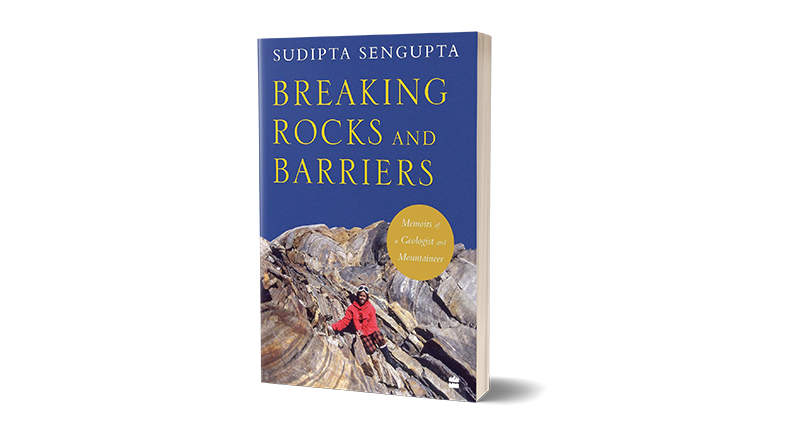Why nanotechnology is BIG
-
- from Shaastra :: vol 03 issue 10 :: Nov 2024

Nanotechnology's wide-ranging applications across industries make it a key driver of innovation and economic growth.
howindialives.com
howindialives.com is a database and search engine for public data
In 2000, the U.S. launched the National Nanotechnology Initiative (NNI), a comprehensive federal programme to advance nanotechnology research, development, and commercialisation. That kickstarted a global nanotechnology race. Shortly after the NNI's launch, several nations, including Germany, Japan, China, and India, announced similar initiatives. These programmes catalysed investments in nanotechnology globally, leading to a widespread application of the technology across industries.

Nanotechnology refers to the branch of science and engineering that is focused on manipulating atoms and molecules at the nanoscale — that is, having one or more dimensions of the order of 100 nanometres (1 nanometre is a millionth of a millimetre) or less. The size of the nanotechnology market is expected to reach $388 billion by 2032, from an estimated $130 billion in 2024, according to Nova One Advisor, a market research firm.
KNOWLEDGE MACHINE
Nanotechnology research has grown exponentially over the past two decades, with yearly publications in the field increasing from 16,397 in 2000 to 244,745 in 2023. This is led by China and India, though India's score is only about a quarter of China's on this count.





China launched its National Nanotechnology Development Strategy in 2001, and India its Nano Science and Technology Initiative the same year. However, China and the U.S. have a higher concentration of institutions that produce impactful publications. Universities from these two countries occupy the top slots in the list of institutions ranked by h-index of publications, which measures citations on top of the number of papers published.
NANO APPLICATIONS
Nanotechnology has found extensive applications across various industries, led by electronics and healthcare. The electronics industry extensively uses nanotechnology to develop smaller, faster and more energy-efficient electronic components, create high-density data storage devices, improve display technologies and enhance semiconductor performance.

Similarly, nanotechnology plays a crucial role in healthcare. For example, nanoparticles are used as contrast agents in imaging techniques like MRI, CT, and PET scans, providing higher sensitivity and better visualisation. Nanocarriers can precisely deliver drugs to target tissues, enhancing efficacy and reducing side effects. Among nanomaterials, graphene has received the most patents, reflecting its versatility. It exhibits exceptional electrical, thermal, and mechanical properties and is used in electronics, energy storage, and biomedical applications.


RATIONALE BEHIND THE RACE
Nanotechnology's wide-ranging applications across industries like electronics, medicine, energy, and materials science make it a key driver of innovation and economic growth. Revenue from products where nanotechnology is a condition for their feasibility and competitiveness based on industry surveys is estimated to be $3 trillion as of 2020, according to a paper in the Journal of Nanoparticle Research (bit.ly/nano-competitive). The corresponding workforce is estimated to be about 6 million globally, including 1.5 million in the U.S. The economic value and high-value jobs are among the reasons why nations are competing to gain supremacy in nanotechnologies.


Have a
story idea?
Tell us.
Do you have a recent research paper or an idea for a science/technology-themed article that you'd like to tell us about?
GET IN TOUCH














